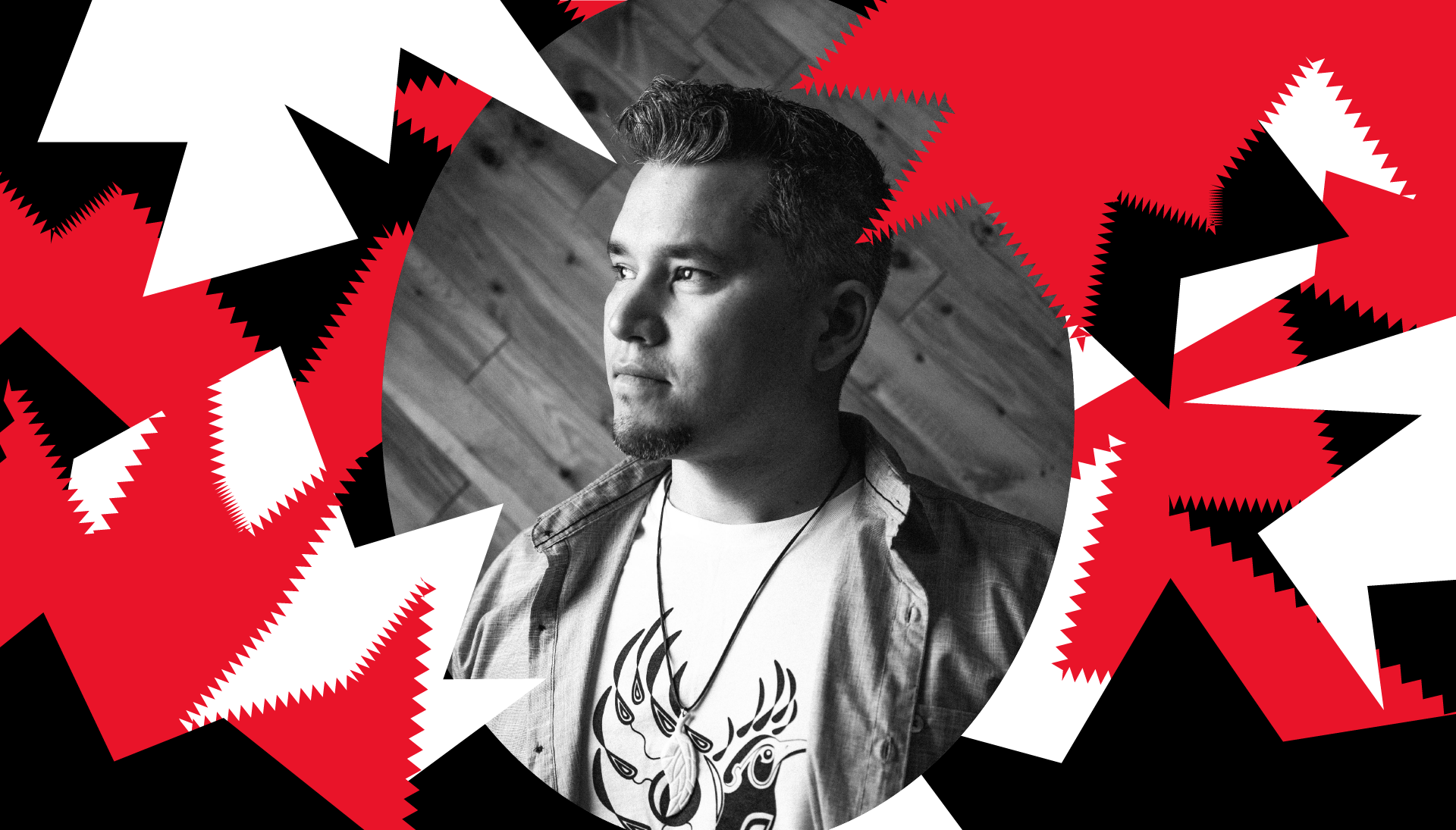
September 30 marked the National Day for Truth and Reconciliation in Canada. It’s a day that recognizes the troubling legacy of Canada’s residential school system—a government-sponsored attempt to destroy the culture and identity of Indigenous people—and honors all of those impacted by it: the Survivors, the families, the communities, and the children who never returned home.
The conversation about reconciliation goes beyond just a single day of the year. That’s why we’re putting a focus on Indigenous artists from different communities as part of the CAN You Hear Me series, which champions the unique music and perspectives of Canadian artists. To kick things off, we have Winnipeg-based country and folk singer-songwriter Don Amero.
Don is a man who wears a lot of hats. Along with being a musician, he’s a published children’s author, podcaster, mentor, and tradesman. In 2006 his life took a turn when his debut album, Change Your Life, received immediate praise from fans and garnered five Aboriginal Peoples Choice Music Award nominations, prompting him to leave his job as a hardwood-flooring installer. Just last month he released a new EP, Six, that includes the singles “Ain’t Too Late” and “Go Girl.” He also gained a CCMA nomination for his collaboration with fellow Indigenous artist Kyle McKearney on the song “Let ’em Lie,” which pays tribute to the victims of the Residential School system.
Perhaps his most important work, however, is his advocacy efforts within Indigenous communities and beyond. Don, who is of Cree and Métis heritage, often participates as a youth mentor for the Winnipeg Jets and True North Youth Foundation’s Project 11, which helps teach Manitoba youth positive coping skills and encourages them to build a greater sense of self-awareness. An avid public speaker, Don also created the Music Is Medicine workshop, which teaches the healing power of music in mental and physical health. He frequently works with the TOBA Centre, which helps restore the health and well-being of Manitoba children who have been affected by child abuse.
For the Record sat down with Don Amero to discuss his journey of learning his heritage and what reconciliation means to him.
You discovered your Cree and Métis roots a little later in life. Tell us about your reconnection journey.
My dad was from Weymouth, Nova Scotia, with European roots, and my mom is of Cree and Métis descent. Being Indigenous was not celebrated in the past as much as it is now. My mom grew up in the ’60s and ’70s, when governments ran residential schools with the aim of assimilating Indigenous people into the colonized way of living and being. Indigenous language, culture, and traditions were to be wiped out. So my mom was raised to be ashamed of her roots, and as a result, I grew up being told that I was “Heinz 57,” which is to say, a lot of things but nothing specific.
Many years later as I was entering adulthood, I wanted to understand my roots more. My mom handed me my grandfather’s Métis card and said that her grandmother was a full-blooded Cree woman. I felt a strong sense of connection from that conversation and began working to understand more of the story of Indigenous peoples here in Canada. That day I decided that I wanted to be a person on the front lines aiming to build bridges between Indigenous and non-Indigenous peoples.
By this time, many Indigenous communities, leaders, and artists, like Buffy Ste. Marie, Tom Jackson, Robbie Robertson, and Errol Ranville, among many others, opened the door for Indigenous artists like me. I stand on the shoulders of giants.
How important is it for you to incorporate your roots into your music and life?
While I grew up with loving and kind parents, I was raised without much in the way of traditions or culture. That being said, I’ve been raising my children to understand and embrace all that they are and to understand their roots are also Indigenous. I want them to grow up being proud of that.
I’ve also found a deep connection with the seven sacred teachings (Love, Respect, Honesty, Courage, Truth, Wisdom, and Humility), which seems to be commonly embraced as part of the spirituality among many Indigenous communities.
What’s a key lesson that has stuck with you on your journey?
Simply that every single person has value and is deserving of love, kindness, and to feel they belong.
What does reconciliation mean to you?
Reconciliation in this area is for non-Indigenous peoples in Canada to reconcile the past, meaning they need to look back, educate themselves on the truth of our history, and acknowledge how Indigenous people were unsupported and made to believe they were worthless.
I think until every Canadian takes the time to understand the ugly truth of how their government aimed to “kill the Indian in the child,” we will continue to be challenged with our relationships. Reconciliation between peoples is not done with money, programs, or policies. While those are important pieces to help restore and support Indigenous peoples, I believe to truly reconcile relationships here is for all Canadians to work to bridge the gaps that have been separating us.
The way to a peaceful future between Indigenous and non-Indigenous peoples is through honest and loving relationships. However, that work falls upon non-Indigenous people here. That is the road to Reconciliation in my opinion.
Keep the conversation going by listening to Spotify’s artist-curated Indigenous playlist:







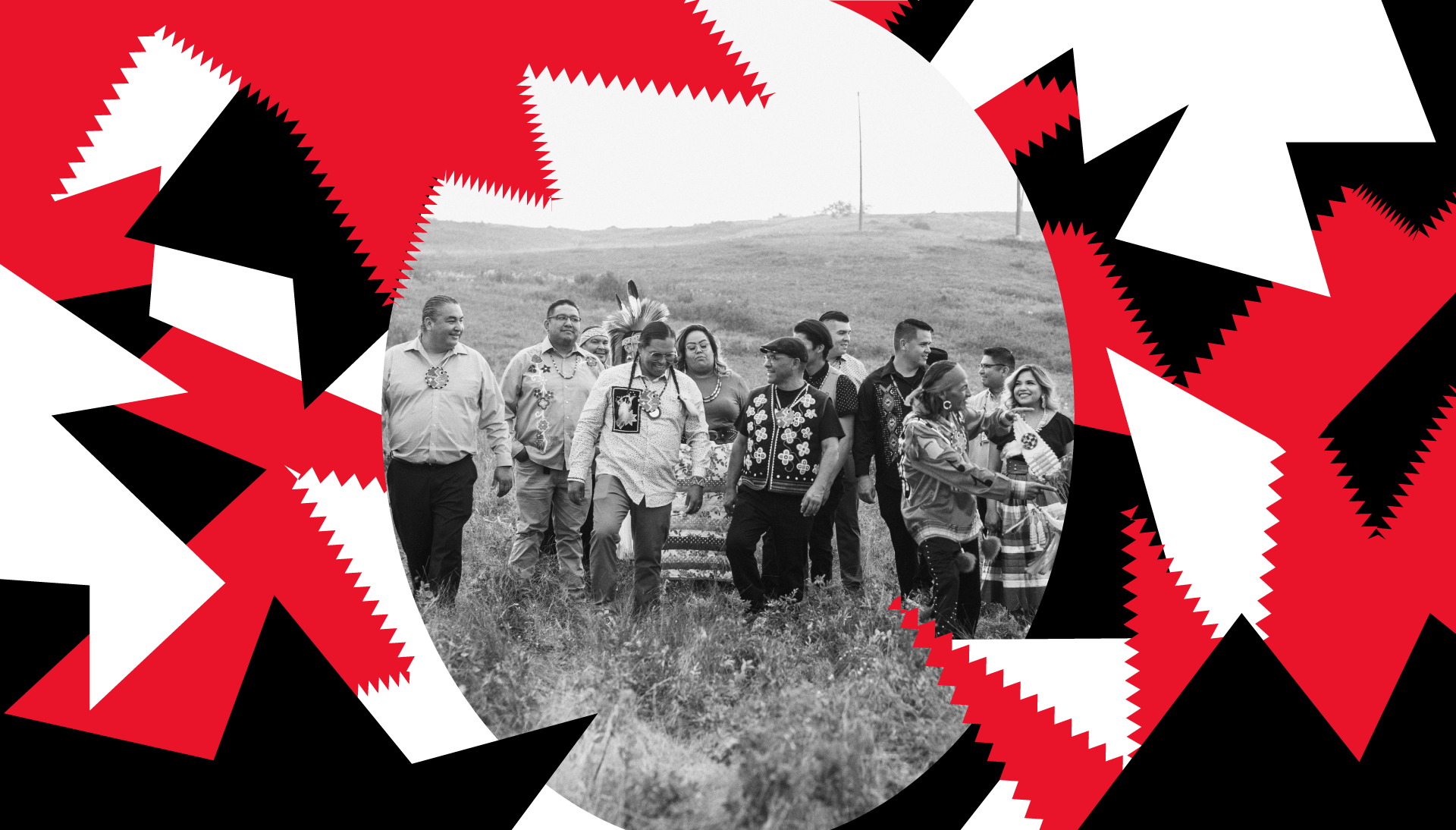
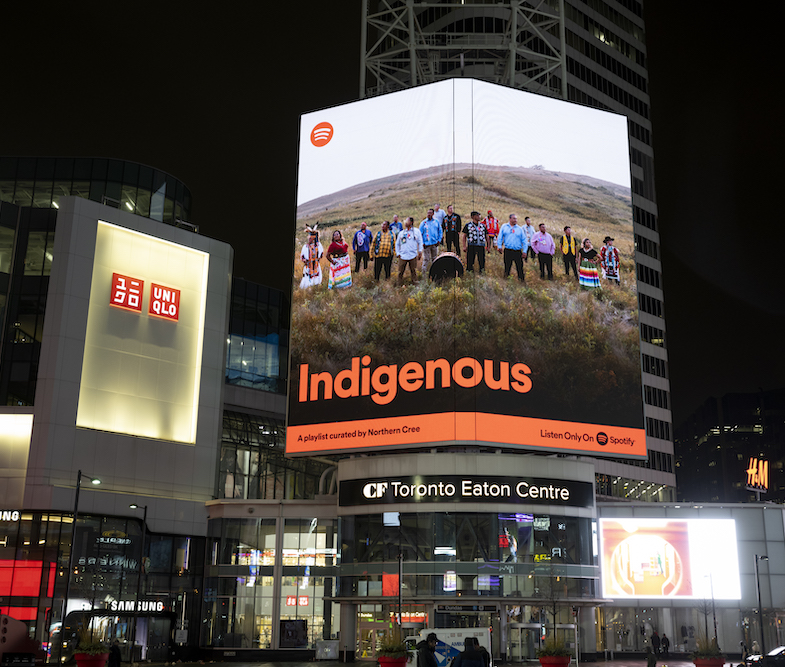
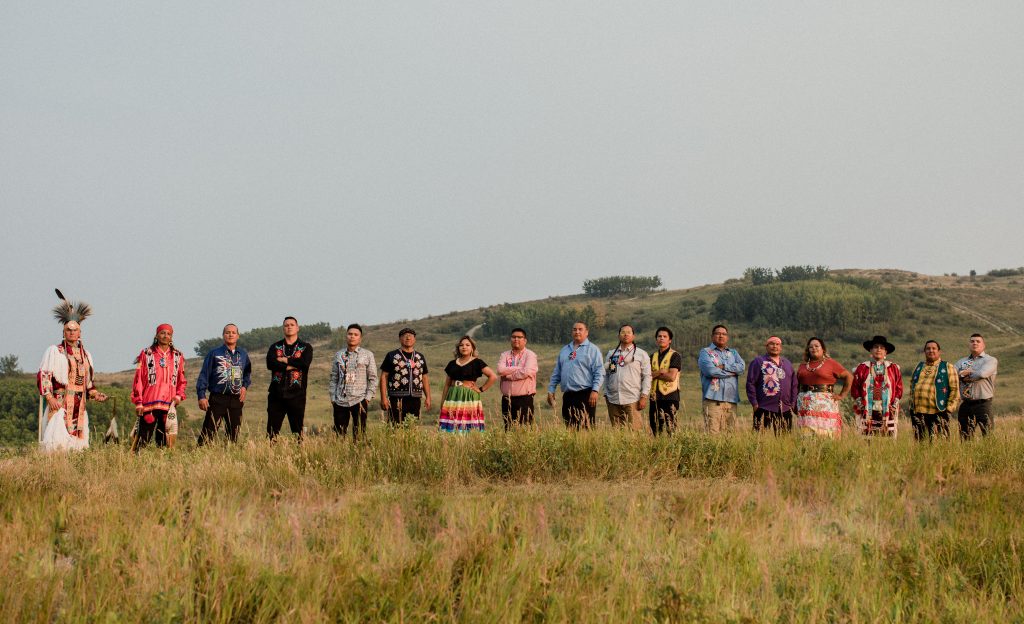
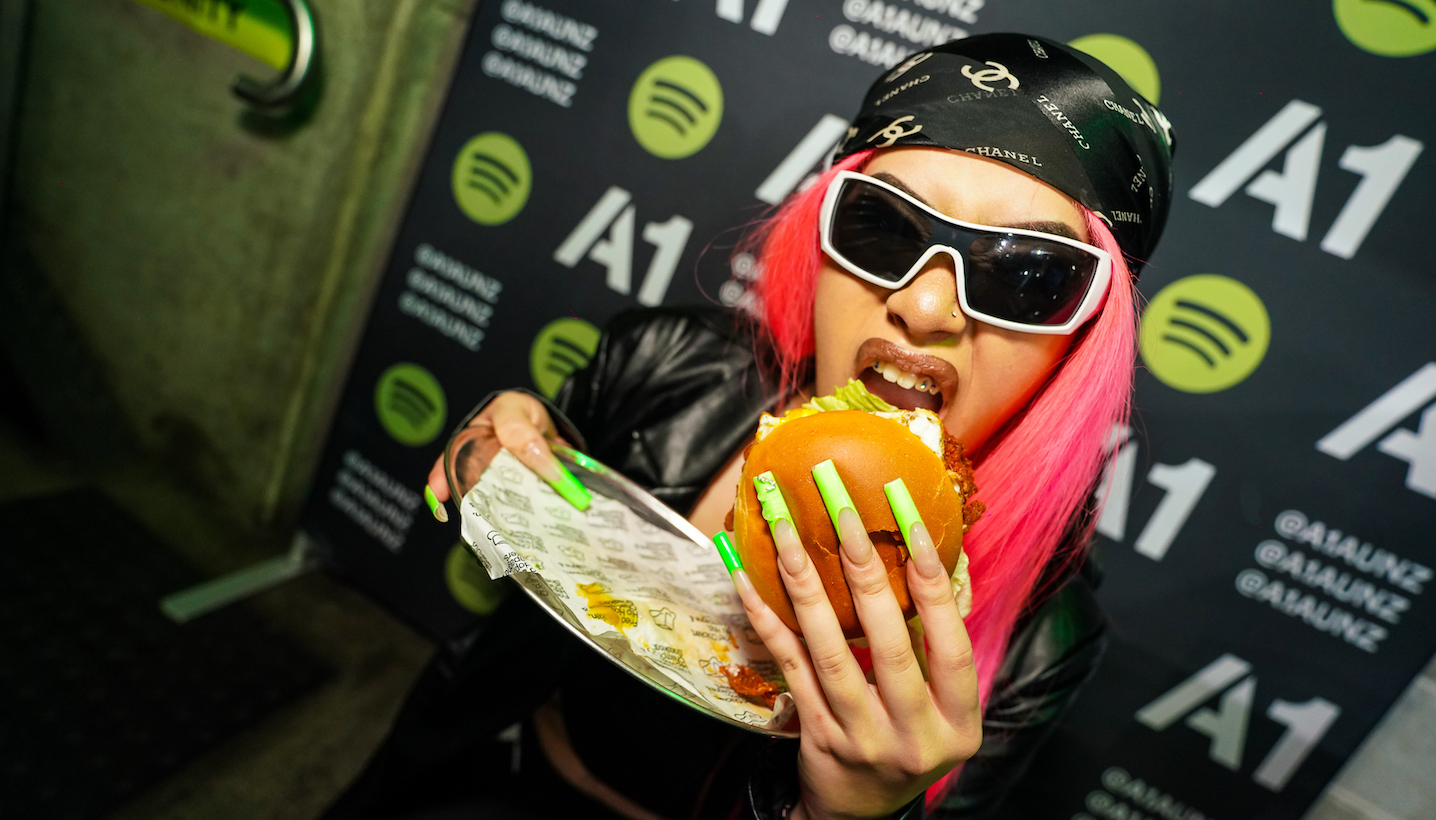
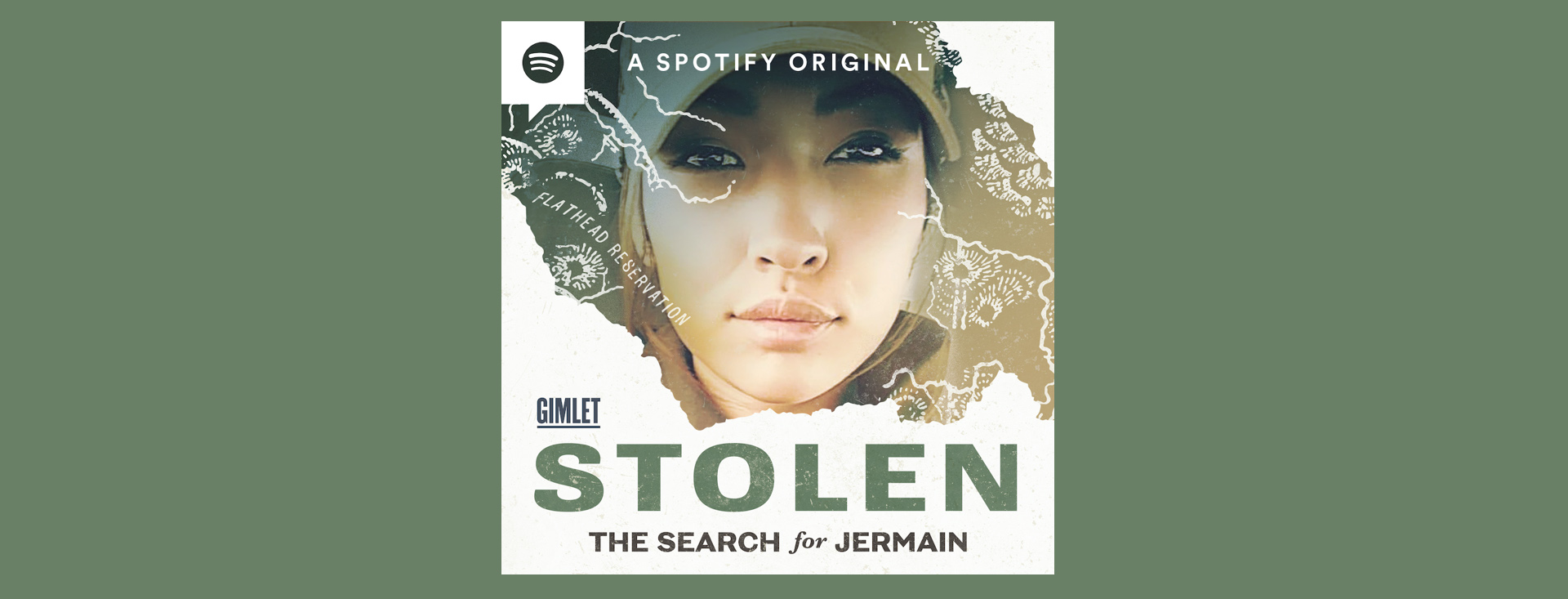
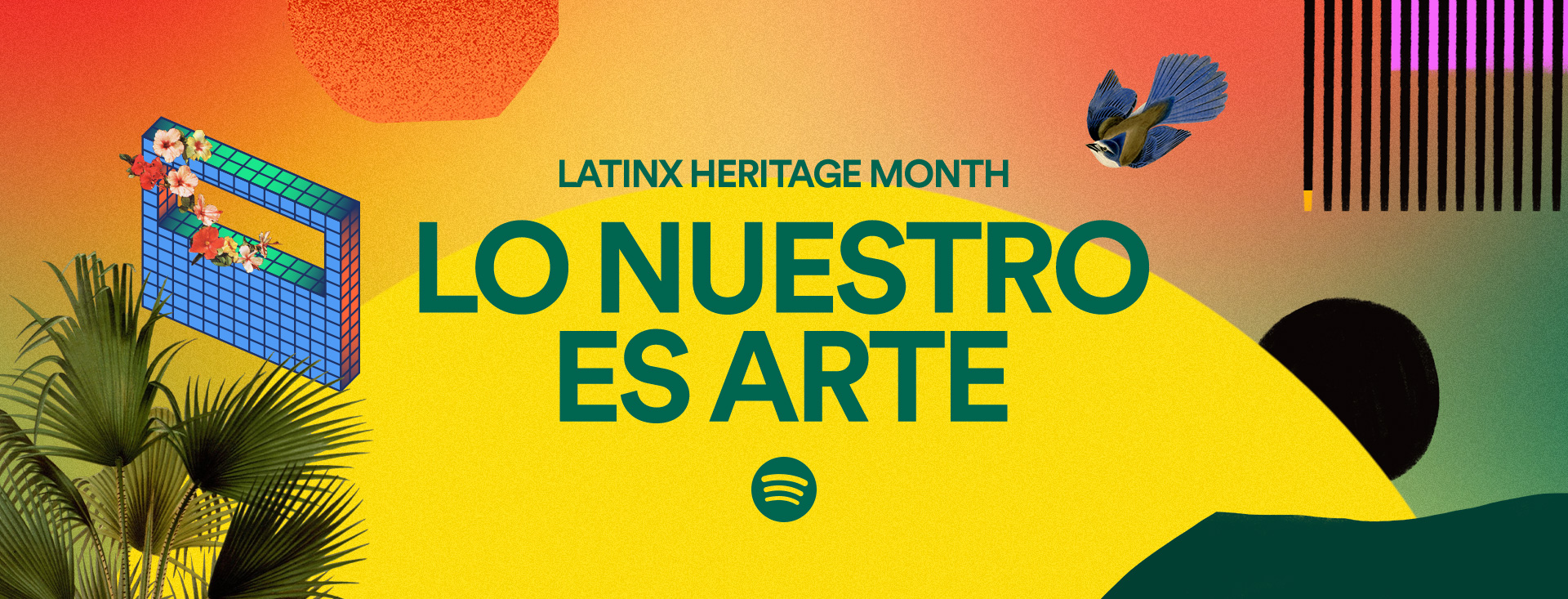
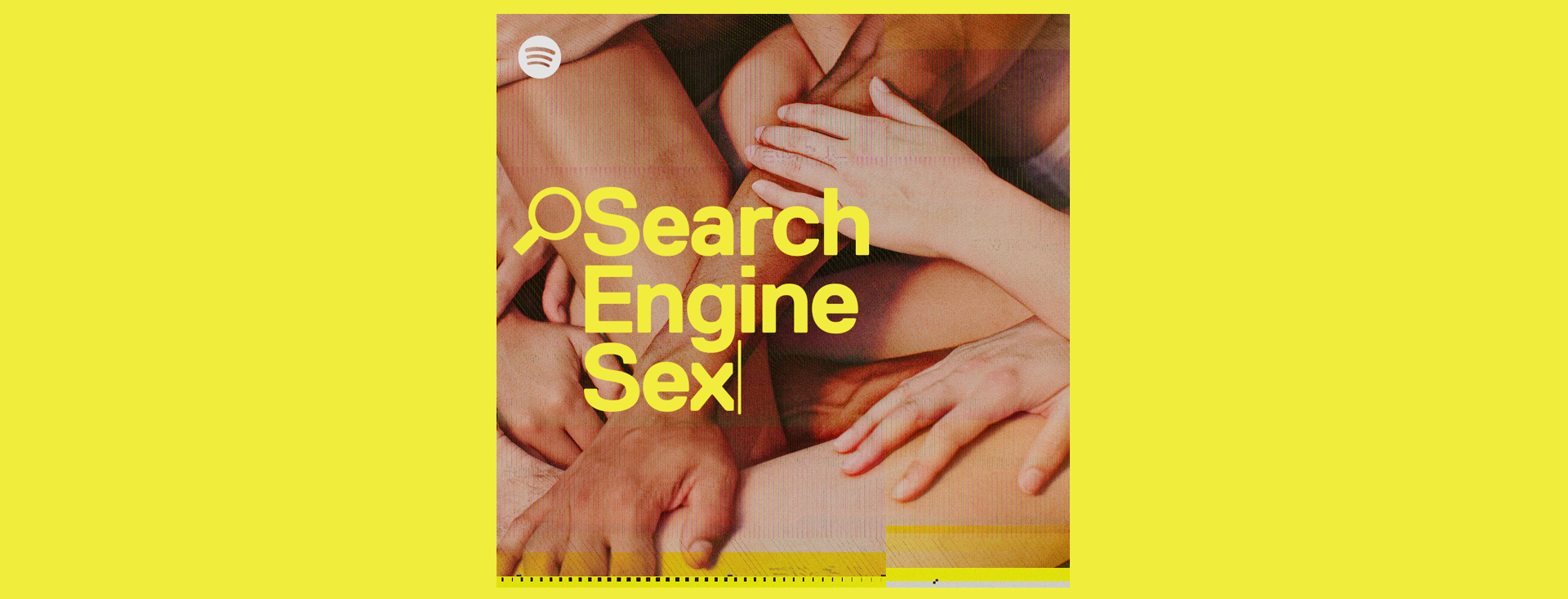
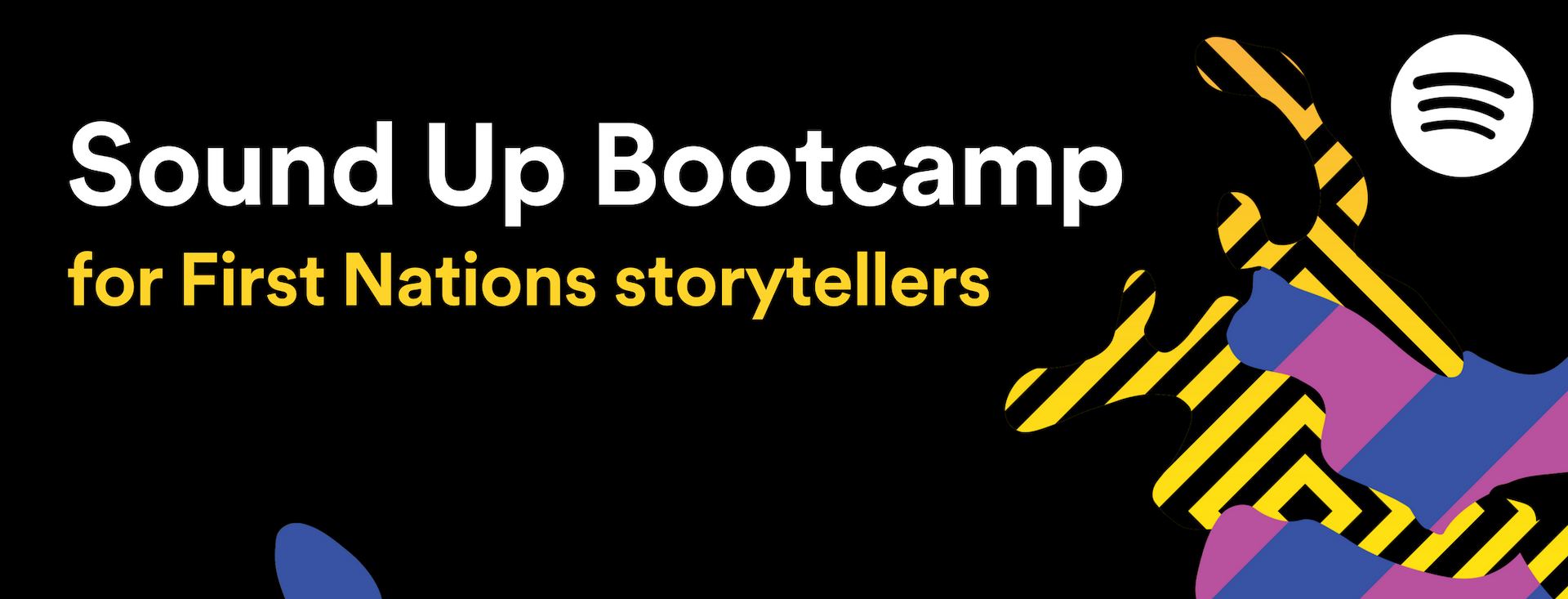
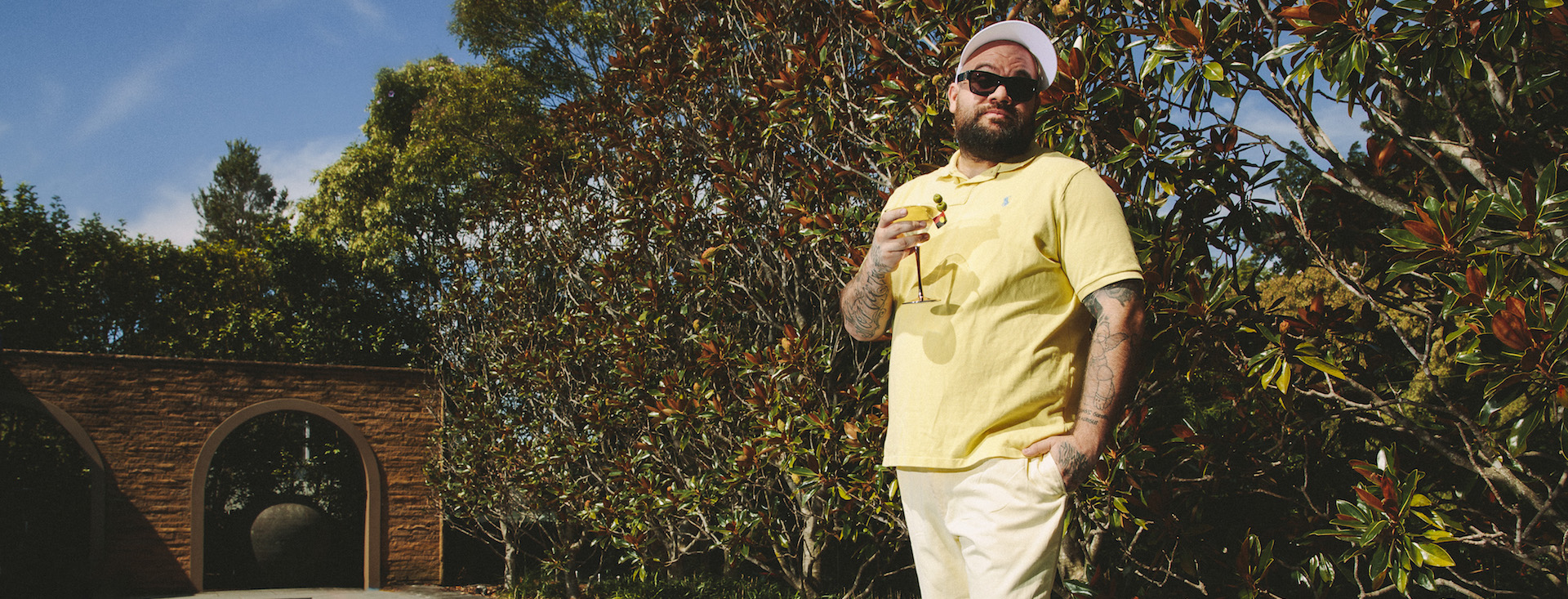
Recent Comments